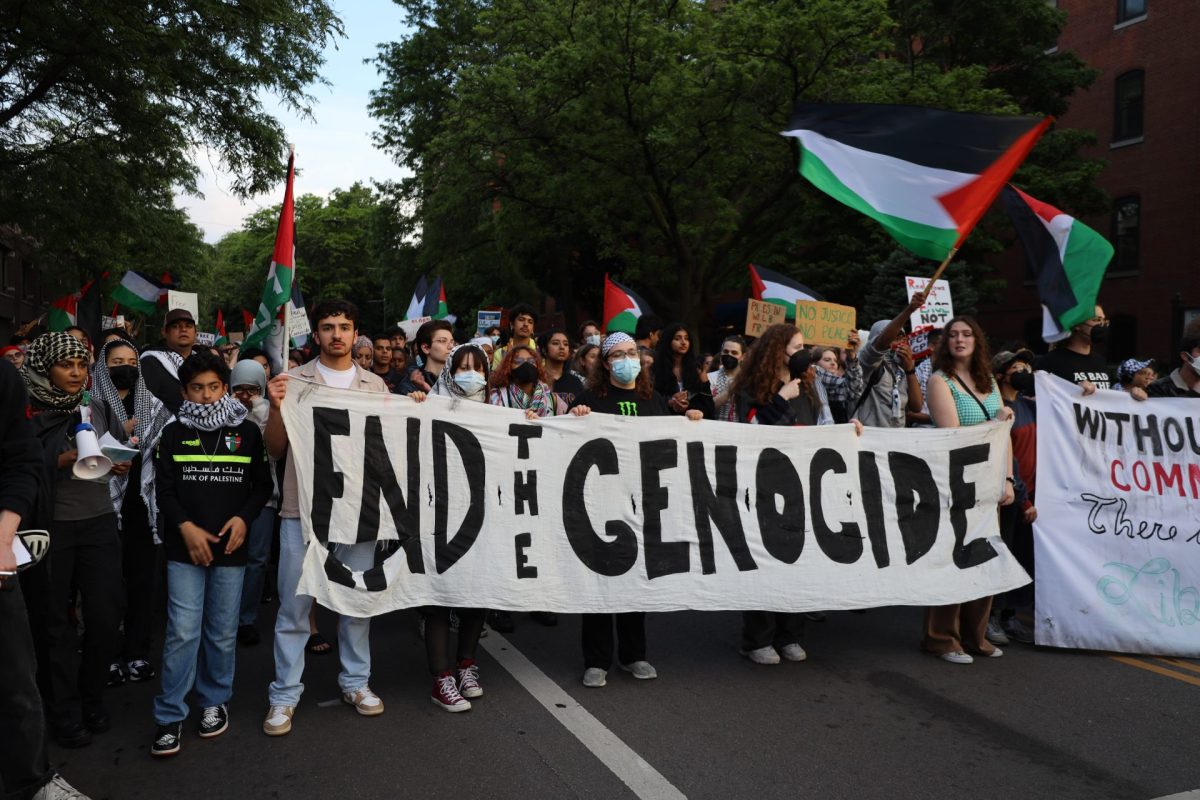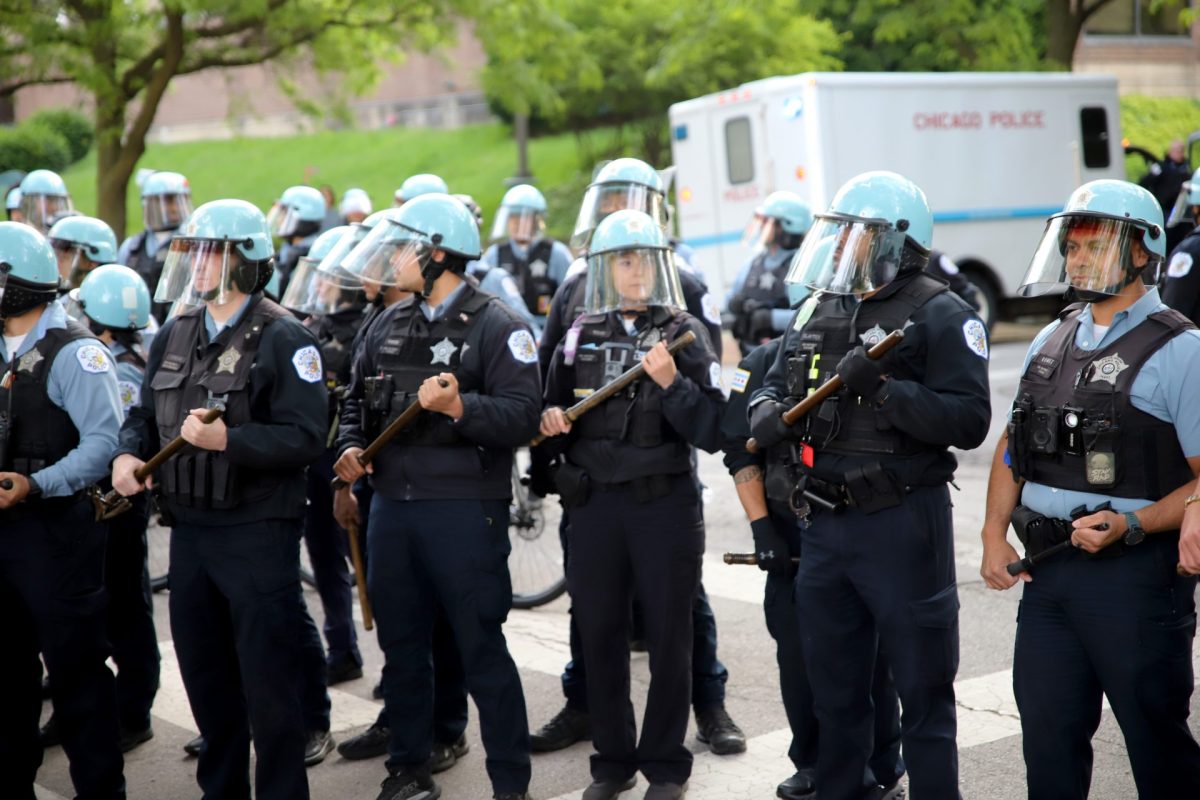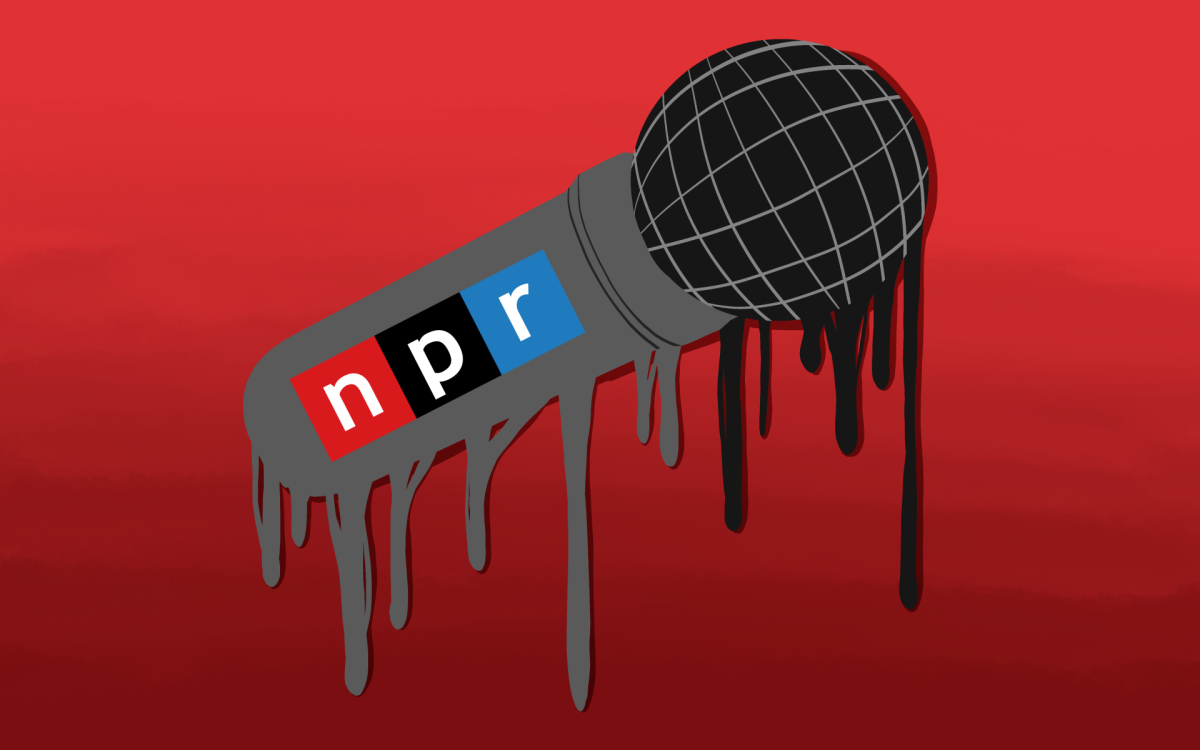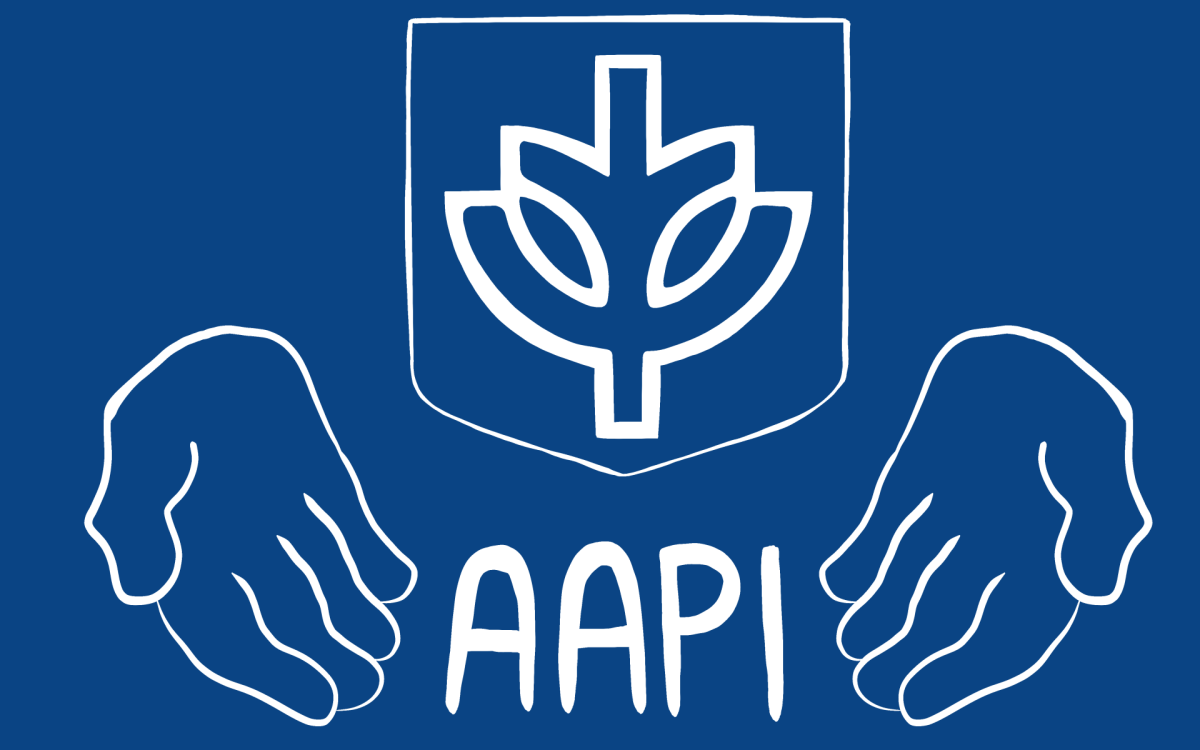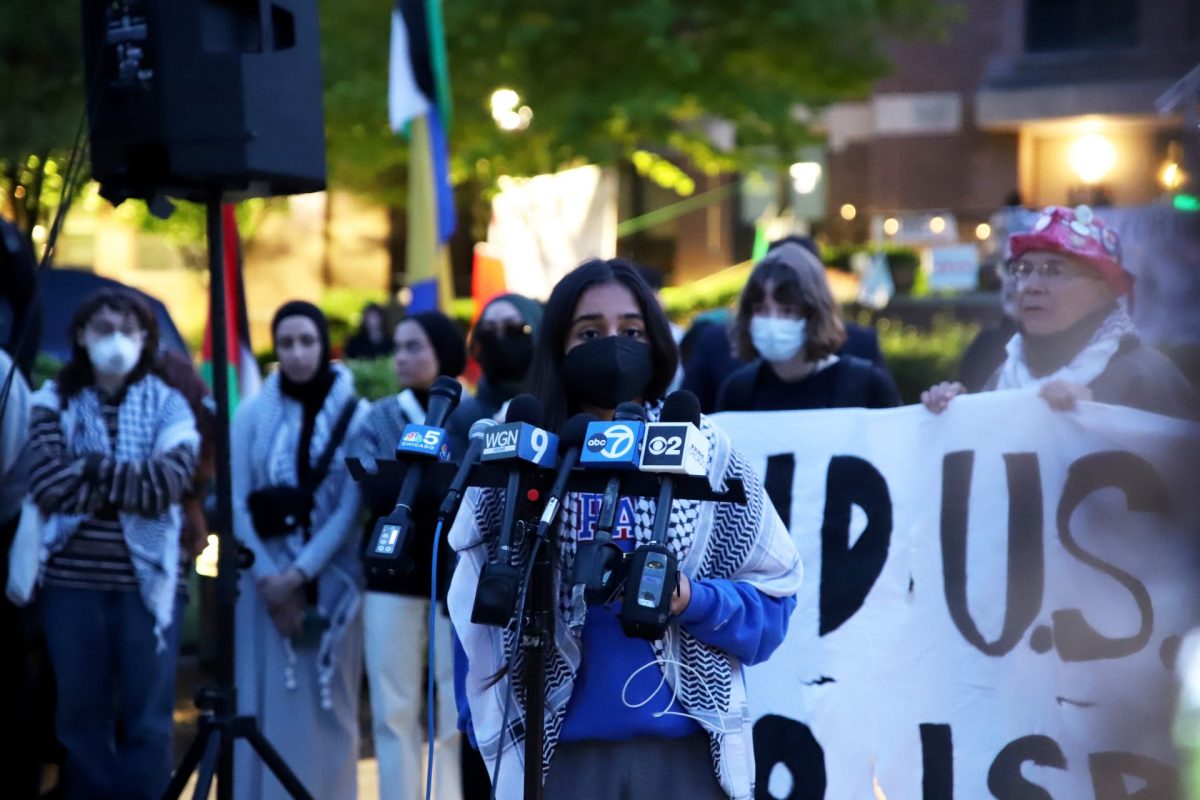The city came to a standstill Oct. 7 as 45,000 athletes took to the streets to compete in the 2012 Bank of America Chicago Marathon.
DePaul students Katie Paul and Sam Willett ran alongside competitors from 50 states and 115 countries as they sped through 26.2 miles of the city and past 1.7 million spectators, according to the Chicago Marathon website.
Tsegaye Kebede from Ethiopia was the first man to cross the finish line with a time of 2:04:38. Atsede Baysa, also from Ethiopia, led women runners with a finishing time 2:22:03, narrowly beating Rita Jeptoo of Kenya.
The Chicago Marathon, now in its 35th year, brought together everyone from world-class runners to wheelchair competitors.
But DePaul Associate Professor Leah Bryant and Instructor Casey Bowles participated in the race without breaking a sweat. Bryant, Bowles and more than 12,000 volunteers provided nourishment, medical care and encouragement to runners who surged through 29 Chicago neighborhoods.
Bowles was a race day volunteer group leader this year, his 12th attending the marathon as a runner, volunteer or spectator. He said all roles are critical to the marathon’s success.
Bryant, a Communication College faculty member, was the course marshal for Lincoln Park. As a ten-year volunteer veteran, she was assigned to coordinate 50 community members and ten DePaul students. The group patrolled the area, kept cars out, and directed spectators to public transportation, washrooms and coffee shops as runners raced by.
“You see people all shapes and sizes running all different times. No matter if they’re the first to pass us or if they’re at the tail end, I’m just in awe of what they’ve done, Bryant said. “We have one of the best marathons in the world.”
One of the runners was 20-year-old Willett, a junior in DePaul’s Secondary Education English program, who completed his second marathon this year with a personal best record of 3:40:31.
“It’s one of the most electrifying days of your entire life, said Willett.
Paul, a senior journalism major, ran with her mother and finished her third marathon in 4:28:54. She said she could not have done it without the help of volunteers.
“They weren’t just handing you a cup of water. They were handing you a cup of water, inspiration and a high five,” she said.
Before running the race, Paul was as a student mentor for DePaul’s fall Chicago Marathon class. The course, part of the Discover Chicago program, introduced first-year students to the city through unique themes, such as the marathon. Paul said the highlight of the class was a trolley ride through the marathon’s 29 Chicago neighborhoods.
“I had a whole new perspective – now not just as the runner but as somebody who’s been educated about how much the community does to make this event happen, and you know all of the sweat and sometimes blood that goes into it,” Paul said.
Bowles, a six-time Chicago Marathon finisher, taught the course. He said students learned how the event is organized, met community partners, and volunteered on race day.
On the morning of the race, Bowles and a group of student volunteers arrived near the marathon’s starting line at 4:45 a.m. They were assigned to the Elite Development Corral, and kept the area clear so the fastest runners had room to stretch. A second group of students volunteered to hand out water and Gatorade in Lakeview, which can be a dirty job, according to Bryant.
“Giving the runner’s Gatorade – half of it ends up on you,” Bryant said. “You’re sticky until you get home.”
Despite the mess, Bryant said Chicago is a great city to run a marathon because the weather is usually great, the course is flat, and a huge population comes out to cheer.
“It’s like a parade, but it’s a parade of athletes. And everybody loves a parade,” Bryant said.
The runners get a warm welcome in the city’s diverse neighborhoods: Lincoln Park, Lakeview, West Loop, Pilsen, Bronzeville, and Chinatown, according to Bowles. Residents come out to support the runners and the marathon allows the community to express itself.
“It’s really good eye candy,” said Willett. “It’s a wonderful, wonderful course.”
The marathon is one of the things that makes Chicago unique and interesting, according to Bryant, “To see the city come together, to see the people come together, to see all the runners come together is really quite something.”
The flock of marathon spectators, volunteers and runners also contribute to the city’s bottom line. An August study conducted by the University of Illinois at Urbana-Champaign’s Regional Economics Applications Laboratory estimated the race increased business activity by an estimated $219 million last year, reported Tim Hadzima, Global Sponsorship Marketing, Bank of America.
While the extra revenue is good for the city, it does not fuel the athletes. A combination of good diet and intensive training helps runners prepare for the race, according to Paul and Willett.
Paul started marathon training in June and followed a program from Hal Higdon’s website. She typically ran shorter distances three days a week followed by 8-20 mile weekend runs.
Willett, who ran cross-country and track in high school, started training in June. He focused on long weekend runs and skipped some of the shorter weekday runs to let his body rest and avoid injuries.
Staying healthy requires more than rest, it requires drinking plenty of water and eating nutritious food as well, said Willett. He decided to skip meals at McDonalds in favor of fresh salads, fruits and vegetables.
But both Willett and Paul prefer high-carbohydrates fast food meals before long runs.
“I’m always like hey everybody, want go to Chipotle?” Paul said.
“I got a Qdoba burrito and a big bag of tortilla chips and it ended up being my miracle meal … I had like the best run ever, “Willett said.
Many athletes endure the months of strict diets and tough training because they are running for a cause. Ten thousand race participants running on behalf of 190 charity partners and raised a record $13.4 million last year for local, national and international causes, according to the Chicago Marathon website.
DePaul students Willet and Paul both ran for charities, and spent time seeking donations before the race.
Willett joined Team World Vision to help provide safe drinking water for impoverished areas across the globe. He racked up donations by street performing with his guitar and race jersey on the CTA, “I definitely raised a good amount of money just by doing that, so it’s really cool,” he said.
Paul raised money for the Phoenix Society, an organization dedicated to empowering burn victims. She ran her first marathon when her mother asked her to join the team three years ago.
The months of raising money, enduring training and sticking to a diet payed off the moment the race began, according to Paul.
“It’s really cool. You’re nervous, but you see the whole skyline in front of you, it’s right when the sun is starting to rise so everything is just really beautiful and you start that race and it is the most exciting thing ever,” she said.


